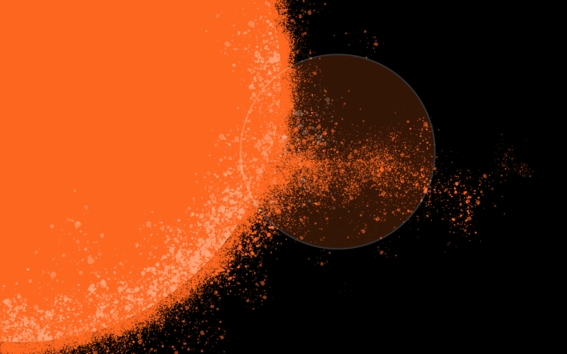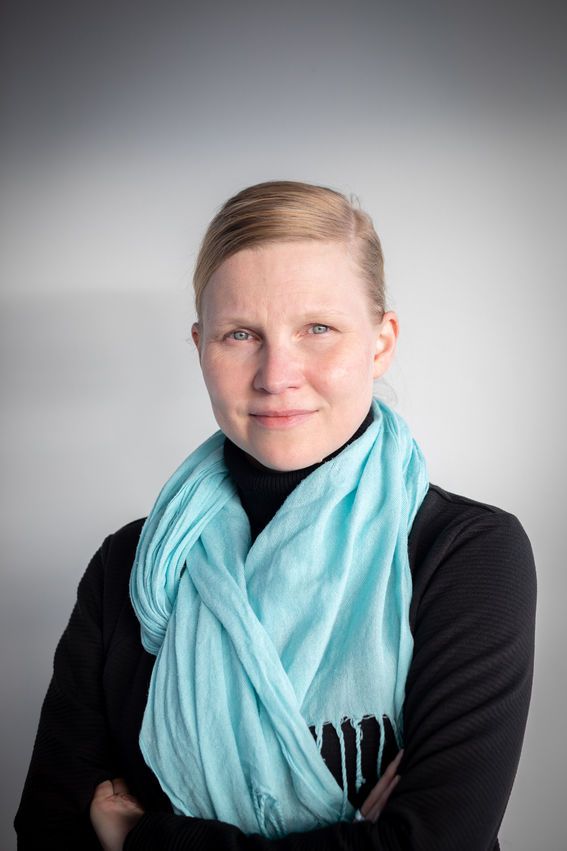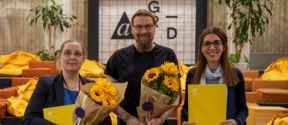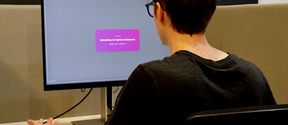New forecasting tool can give an early warning of solar storms – boosts preparedness and helps mitigate damage

The Earth is constantly bombarded by a stream of particles from the Sun, called solar wind. This stream can escalate into storms, which are born from massive solar flares spewed out from the Sun’s highly magnetised active regions. When strong solar storms hit Earth, they can have massive repercussions for telecommunications, global positioning systems and electrical grids.
In July 2012, the most severe solar flare in 150 years was spat out by the Sun. Fortunately, the resulting solar storm missed Earth. Had it been directed toward us; it would have had the potential to leave societies and the global economy in shatters and taken years to recover from.
‘Only the worst solar storms are a real threat to human life. However, the costs of fixing damages and shielding our digitalized infrastructure from them, are very high,’ says Maarit Korpi-Lagg, associate professor at Aalto University.
Korpi-Lagg is developing tools for short and long-term forecasting of solar active regions with her astroinformatics research group. They have just received the Proof of Concept grant from the European Research Council (ERC) for their Solar cycle predition tool using solar internal oscillations (SYCOS) project. The funding is given to research that aims to harness basic research to be used for the benefit of society.
‘The forecasting tools we’ll be developing in the new project will make our societies less vulnerable to bad space weather and help save resources in building damage-prevention capacity,’ says Korpi-Lagg.

Preparing for the worst
Solar activity runs in 11-year cycles and the next peak is estimated to be around 2025. Modern methods focus on monitoring the Sun’s surface activity, giving little lead time to prepare for solar storms, which can travel through space at extremely high velocities.
‘Currently, solar flares and adverse space weather can only be evaluated after active areas emerge on the Sun’s surface. At this point, it might be too late to mount an efficient response or manage risks on Earth,’ says Korpi-Lagg.
Her research group has developed an alternative forecasting method by focusing on the location and properties of the magnetic fields below the Sun’s surface.
‘Observing the location and topology of sub-surface magnetic fields helps us predict the formation of active regions a few days prior to current methods. This method will greatly enhance the predictability and preparedness for fast-moving space weather phenomena, potentially enroute to the Earth’s magnetosphere,’ says Korpi-Lagg.
The fresh funding will enable the team to develop the open-source forecasting tools and to the recruitment more data analysis and machine learning expertise. Korpi-Lagg’s research group is working in close cooperation with the Max Planck Institute for Solar System Research (MPS) in the new project. The project leans heavily on the basic research project, in which the research group, together with MPS, developed a novel method to observe sub-surface magnetic fields indirectly – a feat that wasn’t possible before.
Putting solar data in its place
Solar data are vast and complex. To analyse and understand the data, researchers need to complement their models and knowledge with high-performance computing capacity as well as machine learning.
‘The tools we’re developing in the new project can orchestrate the whole forecasting process from start to finish: oscillation data – meaning the way the Sun’s internal waves fluctuate – is gathered from databases around the world, analysed in real-time, and then our machine learning model is used to create a prediction of the Sun’s magnetic weather,’ Korpi-Lagg explains.
The research group’s aim is to integrate the open-source tool into existing forecasting systems in space weather stations to enhance our capabilities to mitigate the risks of bad space weather.
The European Research Council’s Proof of Concept grant is 150,000 euros. It is based on Associate Professor Maarit Korpi-Lagg’s ongoing basic research project, which received the two-million-euro ERC Consolidator grant in 2018.

- Published:
- Updated:
Read more news

Aalto Open Science Award ceremony brought together Aaltonians to discuss open science
Last week we gathered at A Grid to celebrate the awardees of the Aalto Open Science Award 2023 and discuss open science matters with the Aalto community.
Seed funding available to boost collaboration between Aalto, KU Leuven and University of Helsinki
Aalto University, KU Leuven and the University of Helsinki launch the 2nd exploratory seed funding call to explore research collaboration possibilities. The funding call is open until 10 September 2024.
Aalto ARTS Summer School explores the significance of water through the lens of art
The theme of School of Arts, Design and Architecture’s Summer School this year is water, and its significance is explored in a multidisciplinary way through the perspectives of art, film and digital.